By Norma Adams-Wade
The late, unassuming Dallas artist and jazz drummer Walter Winn Jr. popped into my mind recently.
I wish his name were more remembered. It certainly deserves to be.
I had many conversations with Walter while he lived and considered him a friend.
I would like to think – but know better — that everyone knows he created the 7-1/2-ft bronze statue of Dr. Martin Luther King Jr. that stands today in front of the Martin Luther King Jr. Community Center at 2922 Martin Luther King Jr Blvd. in South Dallas.

That is a mouth full of Dr. King Jr.’s name, isn’t it?
I’m delighted, though, that we must use his name so much in that sentence.
I was just thinking…, I wish there were a way to make Winn Jr.’s name so repeated and remembered.
Yes. He is most remembered for the Dr. King Jr. statue at the King Center. But sculpture was not Winn Jr.’s go-to art form. After years of painting on canvas images of people he met, the King Jr. statue was, in fact, Winn Jr.’s first sculpture.
For those who do not know about Winn Jr., let me take a walk down memory lane and pay tribute to his person and his skill. My best memory of how I met Walter is as a reporter interviewing him about being chosen to create the King Jr. statue for the King Center in the late 1970s. He deserves our memory.
After many months of painstaking work and frustrating research, the statue was unveiled and dedicated the day before July 4th, 1976 — the Independence Day bicentennial that marked the nation’s 200th birthday. Dignitaries – including then-Lt.
Gov. Bill Hobby and Dallas Mayor Robert Folsom — and an enthusiastic public audience, that included me, gathering in front of the King Center. Center officials proclaimed the statue as the only full-standing figure of Dr. King Jr. in the Southwest.
Martin Luther King Sr., father of the assassinated civil rights leader, was the keynote speaker. While Winn Jr. worked on the statue, he met several times with the King family to ensure he was getting physical details correct.
Winn Jr. was brilliantly talented and dirt poor.
He was unpretentious, likeable, easy-to-get-along-with, and had a pleasant, cheerful personality. He was not the moody, withdrawn person that you might imagine a Michelangelo or Vincent van Gogh to be.
No. The Walter I remember loved to talk, always was describing some image in his mind that he wanted to capture on canvas.
Winn Jr. died of a stroke in 1996, 20 years after the unveiling and about a month before his 67th birthday. Records about his fragmented life are so conflicting that it’s hard to decide which dates to trust. One record said he died August 15 another Aug. 31.
The scattered records about Winn’s process of creating the King Jr. statue — and the conversations he and I had — record that Oscar M. Graves of Detroit, a more established African-American sculptor, was added to the project late in the game to quietly counsel Winn in his newest art form. Then Graves did final casting of the figure at a Dallas-area foundry.
Everything artist Winn Jr. did was self-taught; that is to say, he recalled that his earliest memories of using his innate talent was going to school with an older sister when he was between ages 4 to 6. Once there, he would help teachers decorate their classrooms for projects by standing on a chair to draw art on the blackboard. He did not begin to take his visual art talent seriously until he was about age 30, Winn Jr. has said.
In interviews in various publications, Winn Jr. talked about his very low grades in school, about not being tied to any particular job after he somehow managed to graduate, of trying boxing for a while, getting by as a drummer in New York, and finally arousing the natural talent that had been lying dormant inside him.
He began painting portraits continuously of noted local and national musicians he either encountered or admired, such as Louis Armstrong, Dizzy Gillespie, David “Fathead” Newman, Miles Davis, and Roger Boykin. Some who knew Walter said he had a photographic memory of scenes he saw around town, particularly street scenes and street people who caught his eye. Friends said he would paint what he remembered that he saw.
NEXT WEEK: PART II
We will further explore Winn’s background, why he was picked to create the statue, his struggles as he worked on it, some of his memorable quotes, his gigs as a jazz drummer, and his children. We also will consider how the public could pay homage to him. Stay tuned.
Norma Adams-Wade, is a proud Dallas native, University of Texas at Austin journalism graduate and retired Dallas Morning News senior staff writer. She is a founder of the National Association of Black Journalists and was its first southwest regional director. She became The News’ first Black full-time reporter in 1974. norma_adams_wade@yahoo.com


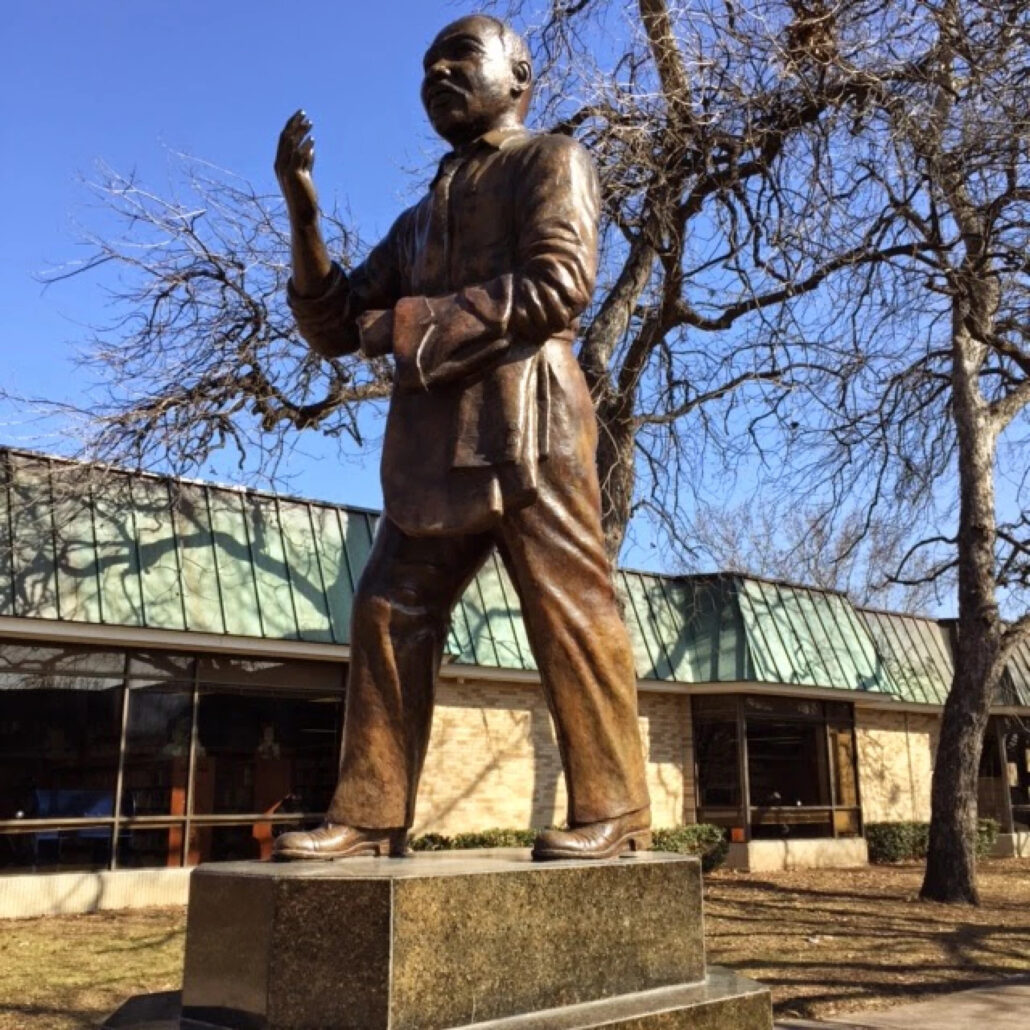
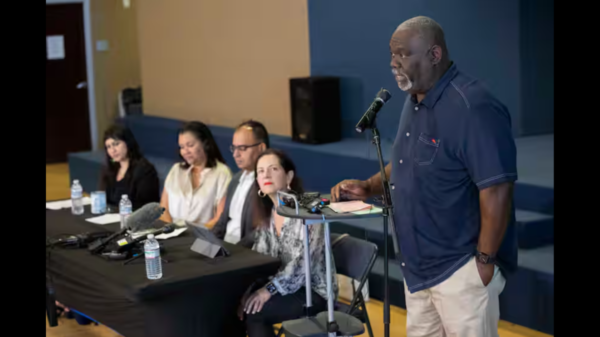
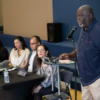
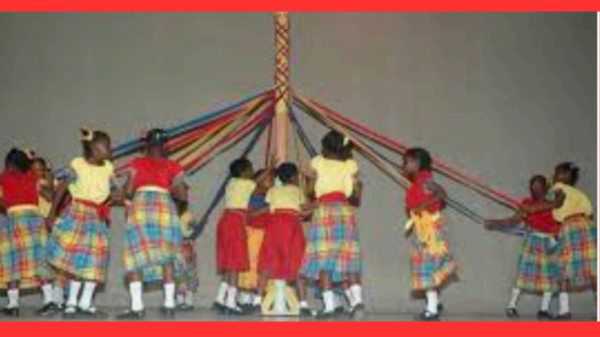



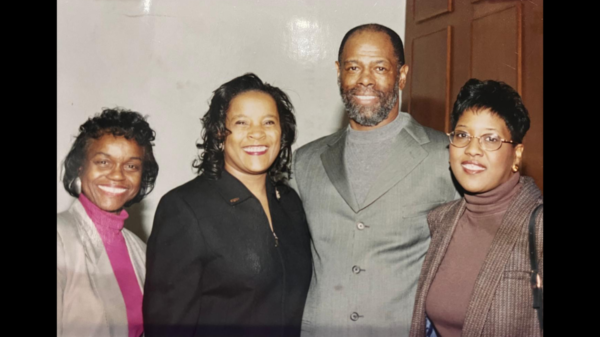
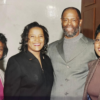
You must be logged in to post a comment Login